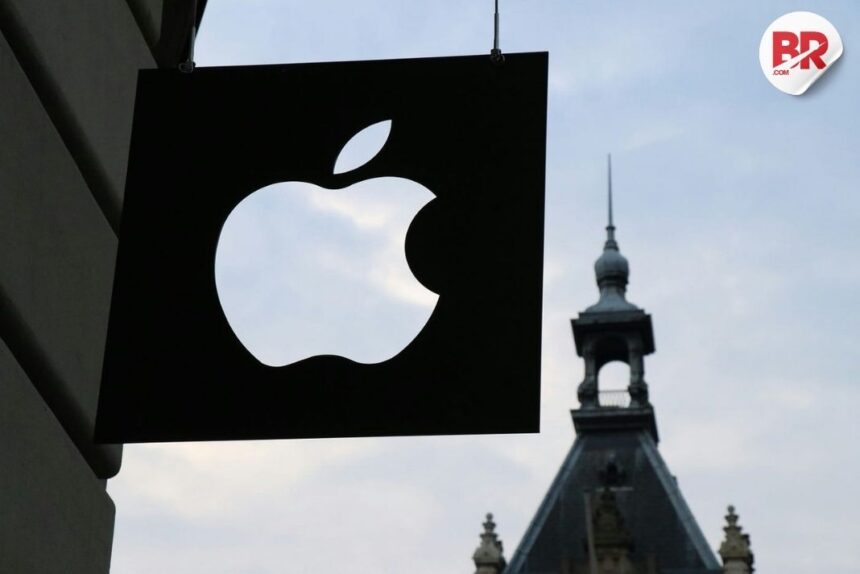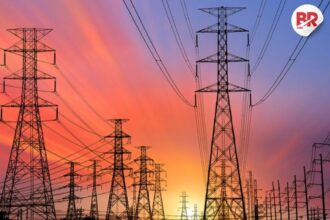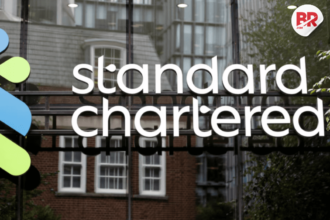
Imagine two countries gearing up for one of the biggest industrial races of the decade. The prize? Becoming Apple’s next global manufacturing hub. This race isn’t just about making iPhones—it’s about reshaping the world’s tech supply chain. And right now, India and Vietnam are at the heart of this competition.
Let’s start with India. It has a huge domestic market, growing demand for electronics, and government policies that are clearly aimed at attracting big players. The Production Linked Incentive (PLI) scheme offers financial rewards to companies that manufacture in India. That’s a significant pull for Apple.
But India still faces challenges. Roads, ports, and electricity networks need improvement in many areas. Paperwork and bureaucratic red tape can slow things down. Still, the Indian government is making real efforts to simplify processes and roll out better infrastructure. Significant developments are already underway: Foxconn, Apple’s manufacturing partner, is expanding in Karnataka and Tamil Nadu, thereby helping to develop local supply chains and creating employment opportunities.

Now shift your attention to Vietnam. This country has quietly become a tech manufacturing hotspot. It’s already producing Apple’s AirPods and iPads, and it has years of experience working with global brands like Samsung. Labor costs are lower, and Vietnam’s electronics industry is strong.
However, Vietnam is now facing growing pains. Ports are getting crowded, land for new factories is limited, and the country relies heavily on a few key industries. But Vietnam isn’t standing still. It’s using its trade deals—like the CPTPP and EU-Vietnam FTA—to draw in more investment and boost its infrastructure.
Both countries are gaining from a global shift away from China, known as the “China+1” strategy. Now, with Apple investing in both India and Vietnam, some call it “China+1+1.” The goal is to spread out risk—something more companies like Google and Dell are also doing.
Apple plans to make over 20% of its iPhones in India by 2025. That’s huge. But it’s not turning away from Vietnam either. The company is spreading its bets, and in doing so, pushing both countries to up their game.
This battle isn’t about one country beating the other—it’s about how both are changing to meet global demands. India is working hard on reforms and infrastructure, while Vietnam is strengthening its manufacturing base and global partnerships.
The choices Apple makes today are likely to shape the future of both nations—and maybe even the next chapter of global tech manufacturing.
Also Read: Apple, Samsung Shift Gears: Is India the New China?
FAQs: Apple Supply Chain – India vs Vietnam
1. Why is Apple moving its supply chain out of China?
Apple is diversifying its supply chain to reduce dependence on China due to rising geopolitical tensions, trade risks, and the need to build resilience against disruptions like COVID-19.
2. What is the China+1 strategy?
The China+1 strategy refers to companies adding one or more manufacturing bases outside China to avoid putting all production in one country, thereby reducing risks.
3. Why is India considered a strong candidate for Apple’s supply chain?
India offers a large domestic market, skilled labor, and government incentives like the PLI scheme. Apple’s partner Foxconn is expanding operations in India, signaling strong growth potential.
4. What challenges does India face in becoming Apple’s manufacturing hub?
India faces infrastructure limitations, complex regulations, and the need for a more developed supply chain ecosystem. However, the government is actively addressing these issues.
5. What makes Vietnam attractive to Apple and other tech companies?
Vietnam has an established electronics manufacturing base, lower labor costs, and experience with companies like Samsung. It also has favorable trade agreements and political stability.
6. What are Vietnam’s limitations in scaling Apple’s supply chain?
Vietnam’s infrastructure is under pressure due to rapid investment inflows. Issues include congested ports, limited factory land, and overreliance on a few key sectors.
7. What is the “China+1+1” approach?
This term reflects Apple’s strategy to invest in multiple countries (like India and Vietnam) beyond China to build a more flexible and resilient supply chain.
8. How much of Apple’s iPhone production will happen in India?
Apple plans to produce over 20% of its iPhones in India by 2025, a big increase compared to past years.
9. Are other tech companies following Apple’s lead?
Yes, companies like Google, Dell, and Samsung are also expanding operations in India and Vietnam to diversify their production away from China.
10. What does this mean for the future of global manufacturing?
The rise of India and Vietnam marks a shift in global manufacturing power. As companies diversify supply chains, both nations could become long-term industrial leaders.
Also Read: 9 Must-Try Copilot AI Features That Will Instantly Boost Your Productivity












